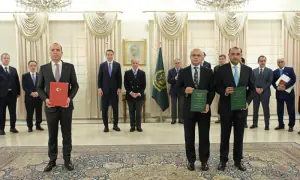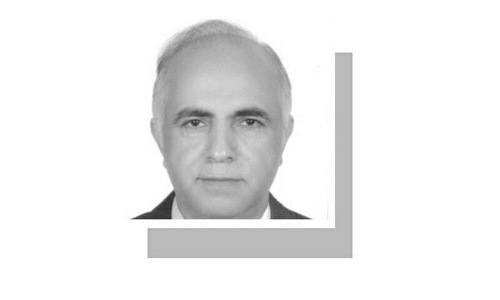ISLAMABAD: Pakistan’s non-textile exports grew 23 per cent year-on-year to $5.75 billion in the first half of the current fiscal year owing to the partial revival of international orders and the government support schemes.
Overall growth in the non-textile sector is mainly led by the value-added sectors. The non-textile sectors have yet to receive full orders to pre-Covid levels, showed data compiled by the Pakistan Bureau of Statistics (PBS).
In FY21, three sectors — leather garments, surgical instruments and engineering goods — have maintained growth in export proceeds despite lockdowns in many countries.
In the value-added leather sector, exports of leather garments up by 9.73pc, leather gloves 9.19pc respectively. The exports of raw leather increased by 33.27pc in 6MFY22, which is indicating that it is not fully being used in the domestic value-added domestic industries.
Pakistan is one of the main suppliers of global surgical instruments. However, these instruments are re-marketed from western countries with famous brands. As a result, the export value of these products remains very less.
The exports of surgical instruments posted a negative growth of 3.48pc, followed by 0.66pc decline in pharmaceutical products during the period under review.
The export of footwear increased by 12.37pc in 6MFY22, led by leather and canvas footwear. The export of engineering products up 7.5pc mainly led by machinery specialised for particular industries, auto parts and accessories and other machinery. However, the export of electric fans and transport equipment posted a negative growth during the months under review.
The export of carpets up by 14.16pc in 6MFY22, followed by an increase of 26.2pc in foreign sales of sport goods. The sales of football up by 22.15pc and gloves 12.40pc, respectively.
In the budget 2021-22, the government has proposed several measures including reduction in duty on raw materials to promote exports of pharmaceutical, plastic, chemicals, engineering, and value-added textile products.
Food shortages in domestic market and lesser demand in international market led to overall drop in demand for Pakistani food products, especially fruits.
However, the PBS data showed that the food exports posted a growth of 22.28pc in the 6MFY22 from a year ago. Under this category, exports of rice witnessed an increase of 10.73pc. On the other hand, basmati exports edged up 33.14pc in value and 47.39pc in quantity while non-basmati exports were up by 3.77pc in value.
The export of spices was up by 26.67pc, followed by oil seeds, nuts 325pc, meat and products 1.05pc. However, export of fish product declined by 3.18pc during the period under review. Contrary to this, export of vegetables up by 14.30pc, fruits 11.13pc, tobacco 37.4pc.
The exports of cement increase by 0.59pc and gur 9.26pc in 6MFY22. However, exports of jewellery declined 14.54pc and molasses by 64.29pc. There was zero export of handicrafts.
Published in Dawn, January 19th, 2022
































